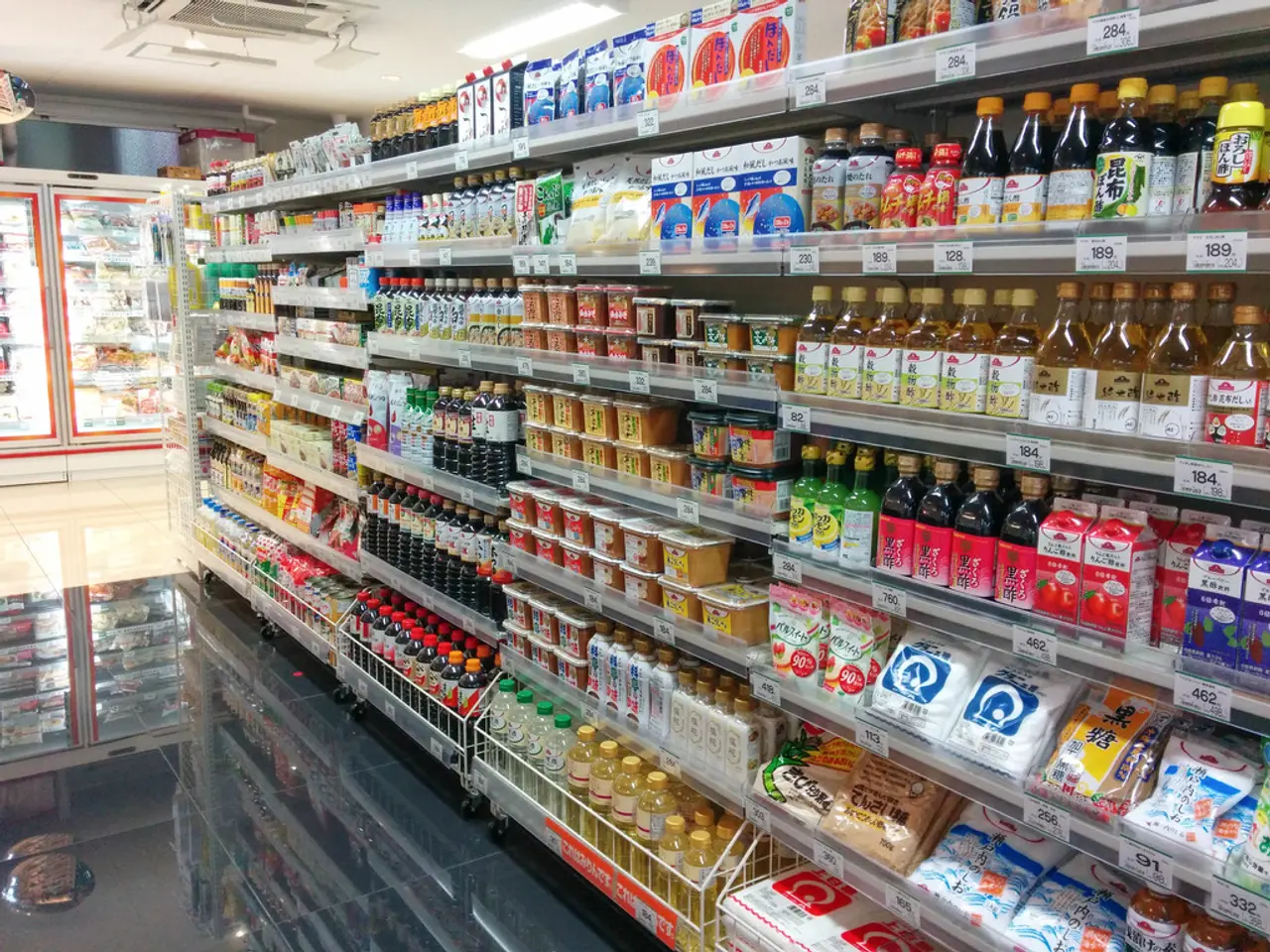Companies adopt domestic production and varying market strategies due to implemented American custom duties
==================================================================
In response to the recent reduction in US countervailing duties on Vietnamese goods, the local textile and garment industry is adapting by shifting towards local supply chains, diversifying export markets, and increasing the localization of raw materials.
The Vietnam National Textile and Garment Group is focusing on identifying and developing local raw material sources to reduce reliance on overseas suppliers, minimizing risks related to tariffs and supply chain disruptions. This strategic move is part of a broader effort to enhance supply chain transparency and compliance, aligning with international trade standards and mitigating risks of accusations such as transshipment.
Businesses are also actively exploring new export destinations beyond the US to spread risk as the global tariff environment evolves. This market diversification strategy is aimed at securing growth and retaining orders in the face of potential tariff increases.
To maintain competitiveness in price-sensitive markets, firms are emphasizing cost efficiency and product quality improvements. Since Vietnam's tariff rate (20%) is higher than some competitors like Thailand (19%) and Japan (15%), these efforts are crucial in offsetting the tariff burden and staying competitive.
Vietnam benefits from several free trade agreements (FTAs), such as the EU-Vietnam EVFTA, which reduce or eliminate tariffs on eligible garments, provided rules of origin are met. Leveraging these FTAs helps offset some tariff burdens and provides a competitive edge in export markets.
In addition to these strategies, Vietnamese textile exporters are improving contingency planning by preparing for potential tariff increases and focusing on sustainable supply chain localization to strengthen resilience. The US remains a key supplier of raw cotton to Vietnam, showing continued interdependence despite tariff barriers, which also influences the industry’s raw material strategy.
Tran Ngoc Anh, a professor at Indiana University, emphasizes that US tariff policies are reshaping global trade flows. To compete sustainably, Vietnam needs to increase its purchases from the US, invest more in supporting industries, and enhance product design and development capabilities.
In conclusion, Vietnamese textile and garment firms are flexibly adapting through supply chain localization, enhanced transparency, market diversification, and quality improvements to mitigate the impact of new US tariffs and supply chain risks. This adaptability is key to the industry's resilience and long-term success in the face of evolving global trade dynamics.
- The shift towards local supply chains in the Vietnamese textile and garment industry has also extended to the finance sector, with businesses seeking investments to support local raw material production.
- As the global textile industry adapts to changing business realities, Vietnamese firms are focusing on investing in the research and development of innovative business models that prioritize sustainability and compliance, thereby attracting finance from regional and international stakeholders.




